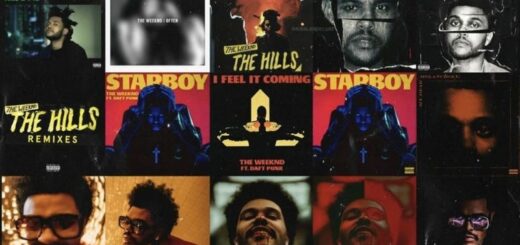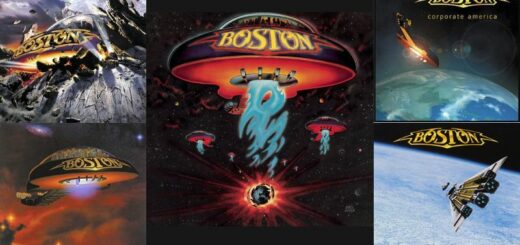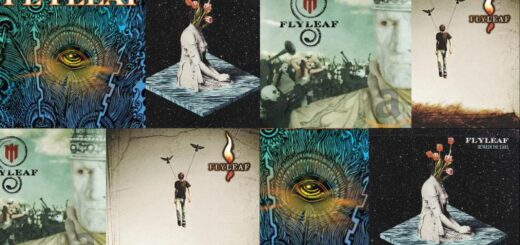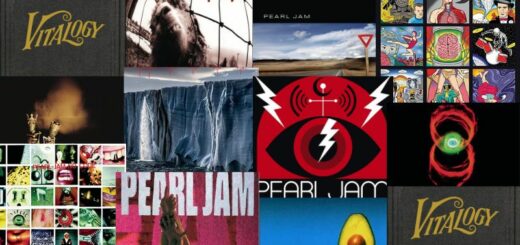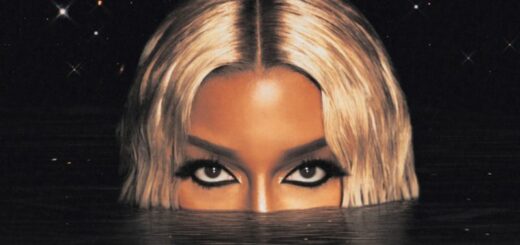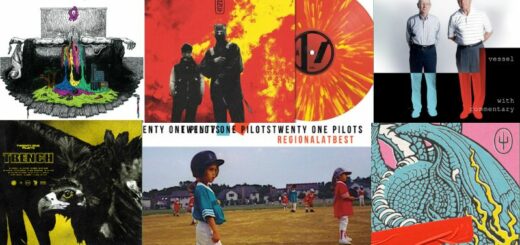The List of The Cure Albums in Order of Release
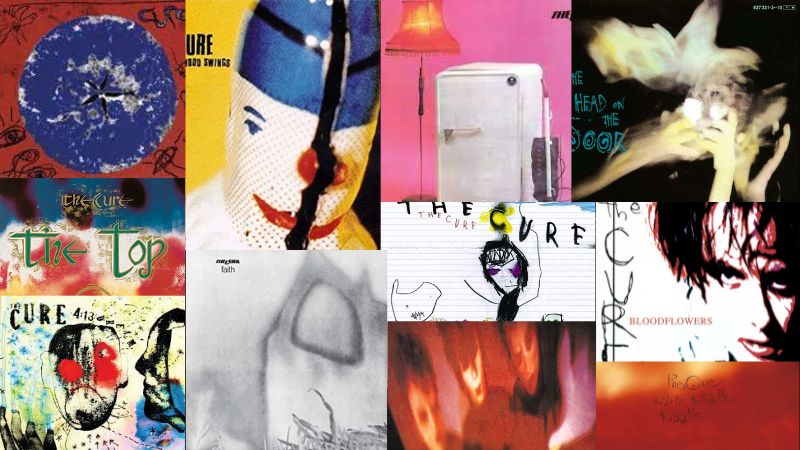
Having sold over 30 million albums worldwide. The Cure is an iconic English rock band known for their distinctive blend of gothic and alternative rock music, They have released thirteen studio albums, six live albums, two remix albums, seven compilation albums, eight box sets, twelve extended plays, and forty-six singles.
Few artists have made bleakness sound quite as exquisite as Robert Smith and his cohort—and fewer still have pivoted so easily from the depths of dejection to such weightless, cotton-candied bliss. If all you knew were songs like “Friday I’m in Love,” you might never guess that The Cure had once been kohl-eyed denizens of the shadowiest bat caves in the UK. After channeling guitar-forward post-punk on 1979’s Three Imaginary Boys, they reinvented themselves as gothic spelunkers with Seventeen Seconds, Faith, and Pornography—an increasingly claustrophobic trilogy, stretching from 1980 until 1982, that invented progressively darker shades of black with every release.
Having perfected the art of despair, The Cure pivoted to pop, after their own fashion. They explored both gloomy psychedelia and jangling acoustic guitars on 1985’s The Head on the Door, winning a new wave of stateside fans with “In Between Days” and “Close to Me” and blowing open the boundaries of what was becoming known as alternative rock. By 1987’s Kiss Me, Kiss Me, Kiss Me and “Just Like Heaven,” they sounded genuinely, deliriously happy—something inconceivable just a few years before. Yet there was still plenty of angst palpable in their glowering anthems and wall-of-sound production, as well as Smith’s deeply vulnerable, often wounded yelp. The band’s opposing tendencies came to a head on 1989’s Disintegration, The Cure’s masterpiece: The highs (like “Lovesong”) had never sounded more unburdened, nor the lows (“The Same Deep Water as You”) more hopeless.
Their widescreen sound filled stadiums; it also influenced a generation of emo bands intent upon fusing visceral sonic power with fathomless psychological depth. In the decades since, The Cure has kept tending their patch of turf, where the intermingling of storm clouds and sunshine yields a singular harvest: intense, expressive, and deliciously dramatic. So, if you are a die heart fan of The Cure Albums then check out here we have list of The Cure albums in order of release so far.
All The Cure Albums Available on: Apple Music
All The Cure Albums in Order: Check Out The List of The Cure Albums in Order of Release Here!
Here is the list of The Cure Album in Order of Release Date
- Three Imaginary Boys — 11 May 1979
- Seventeen Seconds — 18 April 1980
- Faith — 17 April 1981
- Pornography — 4 May 1982
- The Top — 4 May 1984
- The Head on the Door — 30 August 1985
- Kiss Me, Kiss Me, Kiss Me — 26 May 1987
- Disintegration — 2 May 1989
- Wish — 21 April 1992
- Wild Mood Swings — 7 May 1996
- Bloodflowers — 2 February 2000
- The Cure — 25 June 2004
- 4:13 Dream — 27 October 2008
All The Cure Albums List in Order
1. Three Imaginary Boys (1979)
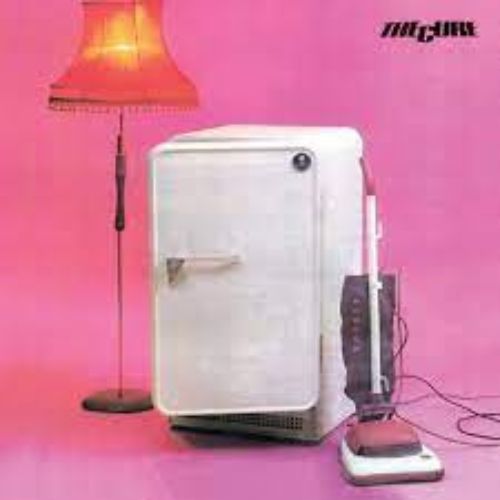
Tracks
- 10:15 Saturday Night
- Accuracy
- Grinding Halt”
- Another Day
- Object
- Subway Song
- Foxy Lady
- Meat Hook
- So What
- Fire in Cairo
- It’s Not You
- Three Imaginary Boys
- The Weedy Burton
2. Seventeen Seconds (1980)
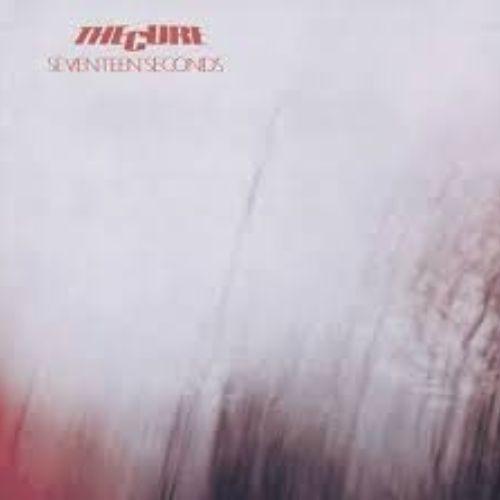
Tracks
- A Reflection
- Play for Today
- Secrets
- In Your House
- Three
- The Final Sound
- A Forest
- M
- At Night
- Seventeen Seconds
3. Faith (1981)
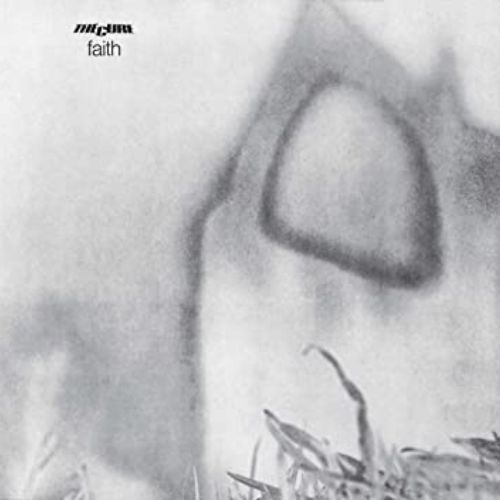
Tracks
- The Holy Hour
- Primary
- Other Voices
- All Cats Are Grey
- The Funeral Party
- Doubt
- The Drowning Man
- Faith
4. Pornography (1982)
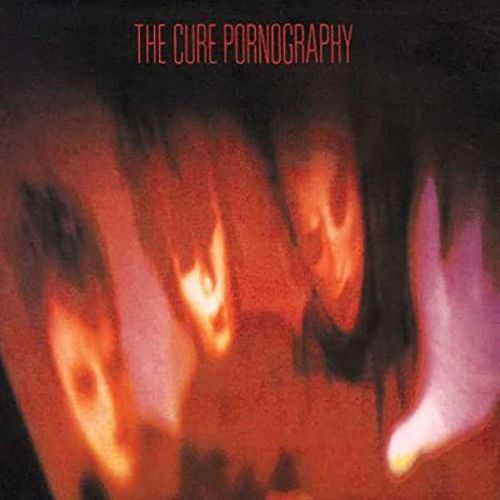
Tracks
- One Hundred Years
- A Short Term Effect
- The Hanging Garden
- Siamese Twins
- The Figurehead
- A Strange Day
- Cold
- Pornography
5. The Top (1984)
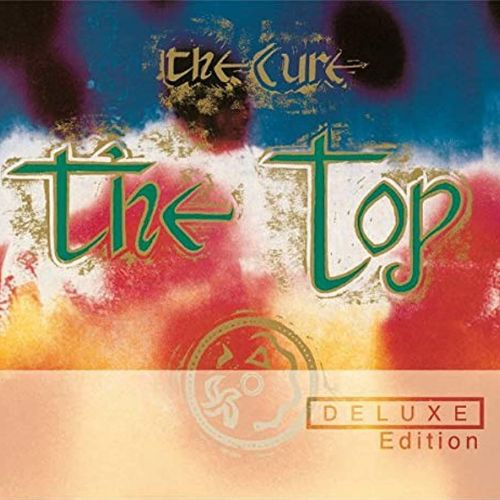
Tracks
- Shake Dog Shake
- Bird Mad Girl
- Wailing Wall
- Give Me It
- Dressing Up
- The Caterpillar
- Piggy in the Mirror
- The Empty World
- Bananafishbones
- The Top
6. The Head on the Door (1985)
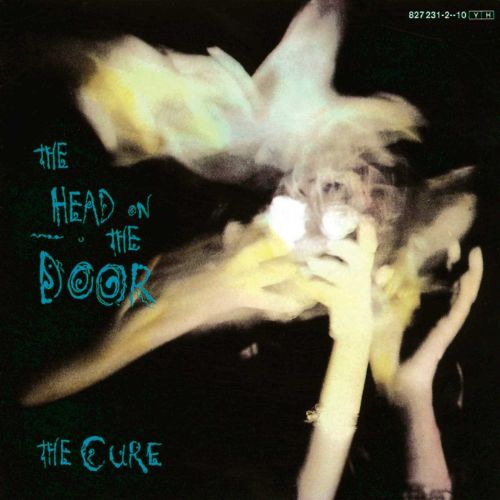
Tracks
- In Between Days
- Kyoto Song
- The Blood
- Six Different Ways
- Push
- The Baby Screams
- Close to Me
- A Night Like This
- Screw
- Sinking
7. Kiss Me, Kiss Me, Kiss Me (1987)
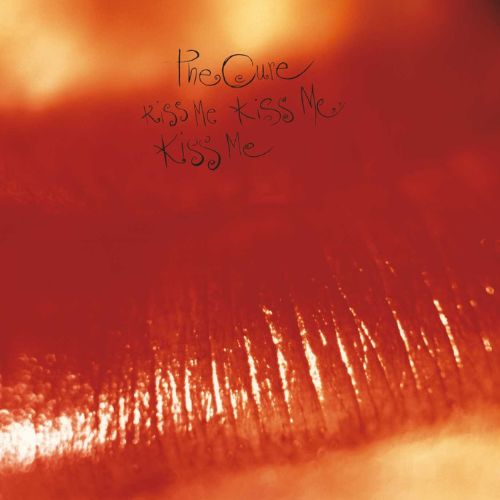
Tracks
- The Kiss
- Catch
- Torture
- If Only Tonight We Could Sleep
- Why Can’t I Be You?
- How Beautiful You Are…
- The Snakepit
- Hey You!
- Just Like Heaven
- All I Want
- Hot Hot Hot!!!
- One More Time
- Like Cockatoos
- Icing Sugar
- The Perfect Girl
- A Thousand Hours
- Shiver and Shake
- Fight
8. Disintegration (1989)
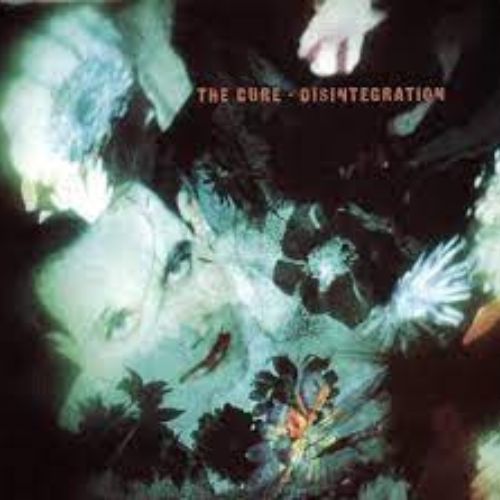
Tracks
- Plainsong
- Pictures of You
- Closedown
- Lovesong
- Last Dance
- Lullaby
- Fascination Street
- Prayers for Rain
- The Same Deep Water as You
- Disintegration
- Homesick
- Untitled
9. Wish (1992)
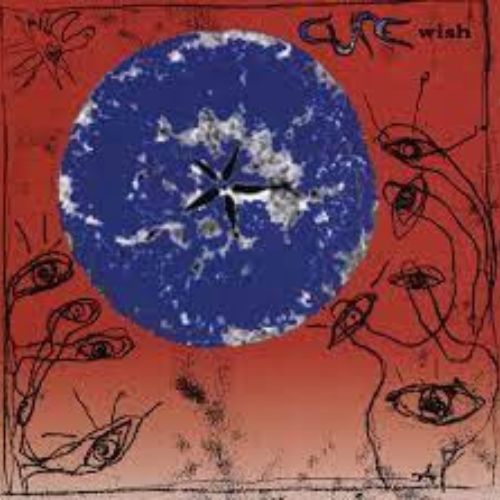
Tracks
- Open
- High
- Apart
- From the Edge of the Deep Green Sea
- Wendy Time
- Doing the Unstuck
- Friday I’m in Love
- Trust
- A Letter to Elise
- Cut
- To Wish Impossible Things
- End
10. Wild Mood Swings (1996)
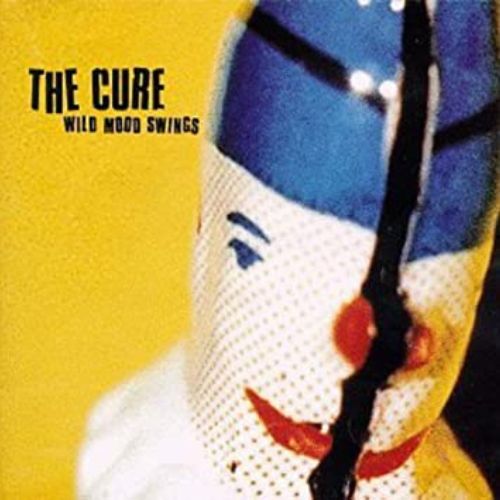
Tracks
- Want
- Club America
- This Is a Lie
- The 13th
- Strange Attraction
- Mint Car
- Jupiter Crash
- Round & Round & Round
- Gone!
- Numb
- Return
- Trap
- Treasure
- Bare
11. Bloodflowers (2000)
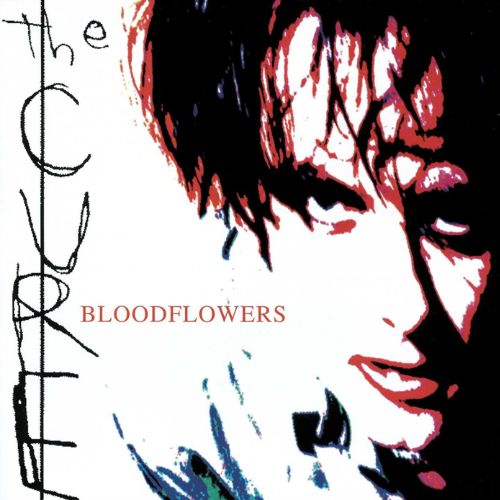
Tracks
- Out of This World
- Watching Me Fall
- Where the Birds Always Sing
- Maybe Someday
- Coming Up
- The Last Day of Summer
- There Is No If…
- The Loudest Sound
- 39
- Bloodflowers
12. The Cure (2004)
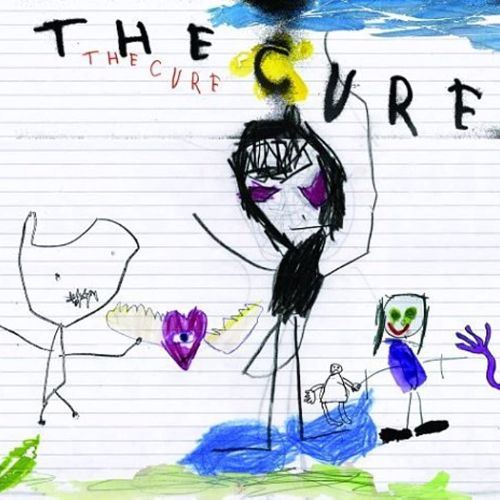
Tracks
- Lost
- Labyrinth
- Before Three
- Truth Goodness and Beauty
- The End of the World
- Anniversary
- Us or Them
- Fake
- alt.end”
- (I Don’t Know What’s Going) On
- Taking Off
- Never
- The Promise
- Going Nowhere
13. 4:13 Dream (2008)
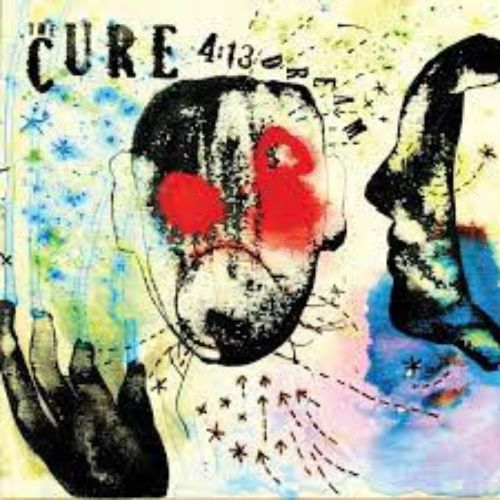
Tracks
- Underneath the Stars
- The Only One
- The Reasons Why
- Freakshow
- Sirensong
- The Real Snow White
- The Hungry Ghost
- Switch
- The Perfect Boy
- This. Here and Now. With You
- Sleep When I’m Dead
- The Scream
- It’s Over
Thanks for Visit!
